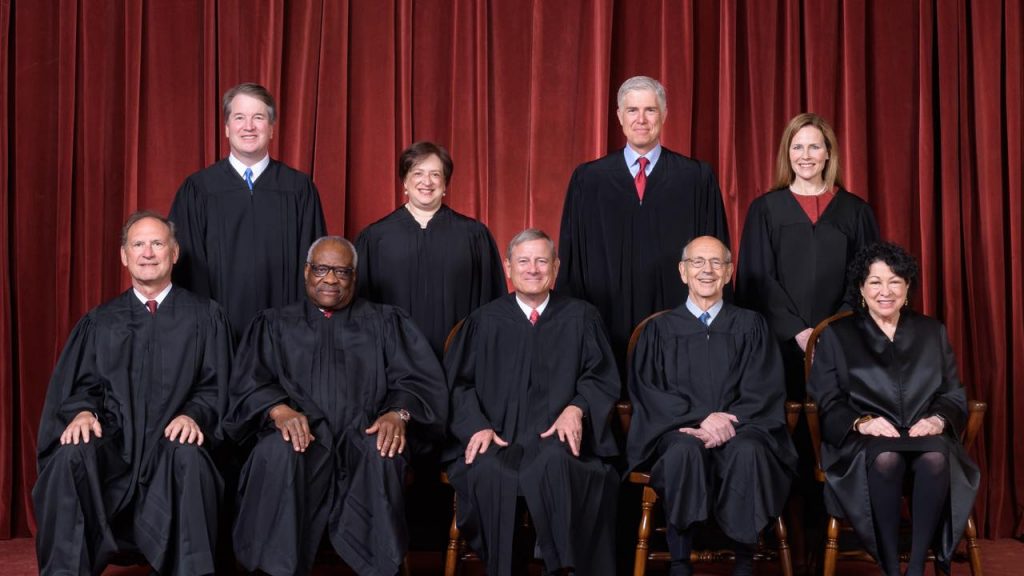Overturning Roe v. Wade: Q&A With Jason Lindo
Jason Lindo provides a look at the potential outcomes of striking down Roe v. Wade.

By Rachel Knight ‘18
On May 2, a leaked draft of the Supreme Court’s majority opinion revealed the Court’s intention to strike down Roe v. Wade, a landmark decision passed in 1973 that ensured Americans’ right to abortion.
As the state with the most restrictive abortion law in the United States, Texas offers a preview of a post Roe future in pro-life states. Economics professor Jason Lindo has used the circumstances surrounding Texas 2013 HB-2 to examine the outcomes of limited access to abortions. His aim is to provide unbiased, factual information to policy makers. His work has been used in the past to inform decisions on the subject.
The following Q&A with Lindo provides an unbiased window into the potential outcomes of striking down Roe v. Wade.
In 2019, The New York Times published an article that used your research to predict the potential nationwide effects of overturning Roe v. Wade. Is this research still useful in understanding the effects of overturning Roe v. Wade? Why or why not?
The research cited in the NYT article remains relevant. There is an abundance of research showing that abortion falls significantly when women have to travel more in order to obtain care. The predicted effects described in the NYT article are the best estimates of the expected effects of bans on abortion, based on clinics that were open at the time that article was published.
Updated estimates, also based on the estimated effects of travel distance from my research, were presented in an economists’ amicus brief provided to the Supreme Court. Some of the clinics that were in operation at that time have already been prevented from providing abortions due to other state regulations, such those in Texas. Given that, I would say those estimates are our best predictions of the combined effects of overturning Roe v Wade and of other regulations banning abortion.
That said, as with any prediction, I don’t expect them to be perfect. They may understate the effects because the clinics that remain open may not have the capacity to serve all of the women coming in from out of state. Recent evidence on wait times for appointments suggests this has already started happening in states around Texas. Recent efforts to provide additional assistance to women seeking abortions may offset these effects to some degree. That said, those predictions based on my research and also research of others, is the best there is in my opinion.
Later in 2019, your research was also used to block a proposed bill in Arkansas. What did your research reveal that led Arkansas Judge Kristine G. Baker to block a proposed abortion bill at that time?
My research quantified the degree to which abortion rates are reduced when people have to travel farther in order to reach an abortion provider. Based on those estimates, the judge decided that the reduction in abortion rates that were expected to result from the Arkansas bill represented a substantial burden to abortion access.
What makes your research on the topic of abortion unbiased?
My research used broadly accepted empirical methodologies for estimating causal effects and the best available data on abortion. It analyzed what is arguably the largest “natural experiment” that altered abortion access in recent US history, which involved nearly half of abortion clinics ceasing to provide abortions in Texas as a result of Texas 2013 HB-2.
Moreover, three separate research teams have rigorously evaluated how the clinic closures precipitated by Texas HB-2 affected travel distance and how these impacts on travel distance affected abortion rates: Quast, Gonzalez, and Ziemba (2017), Fischer, Royer, and White (2018), and Lindo et al. (2020). The credibility of this body of research generally is bolstered by the fact that each of the independent research teams chose to use similar (though not identical) ways of analyzing the data and similar (though not identical) data, and all reached very similar conclusions.
All three determined that increases in distance to the nearest clinic caused by regulation-induced clinic closures caused significant reductions in abortions obtained from providers. Also, more recent research from yet another independent research team found very similar results in a study of the effects of clinic closures in Wisconsin (Venator and Fletcher 2021).
More generally, my philosophy on research is that researchers must do their best to uncover and report the truth, no matter what it is, and regardless of which advocates may find it useful. Along these lines, some of my research has perhaps been helpful for reproductive health care advocates and some of my research has been not so useful. That’s fine. My job as a researcher is to understand the way the world works and to communicate what I find in a responsible manner.
What are some typical outcomes of decreased access to abortions as discussed in your research?
Obviously, increased childbearing and childrearing is the immediate outcome that would be directly affected. But the expected effects are extraordinarily far-reaching. There is a large and rigorous base of evidence which shows that we can expect there to be deleterious effects on educational attainment and economic circumstances for the people who are prevented from obtaining abortions. We can also expect deleterious effects on children who grow up in households with diminished resources as a result. There may also be broader economic effects if people and/or businesses migrate as a result of these legal changes.
If the leaked Supreme Court majority opinion overruling Roe holds, how might the decision influence women’s reproductive health access?
We can expect substantial reductions in reproductive health care access, which will significantly reduce abortion rates.
